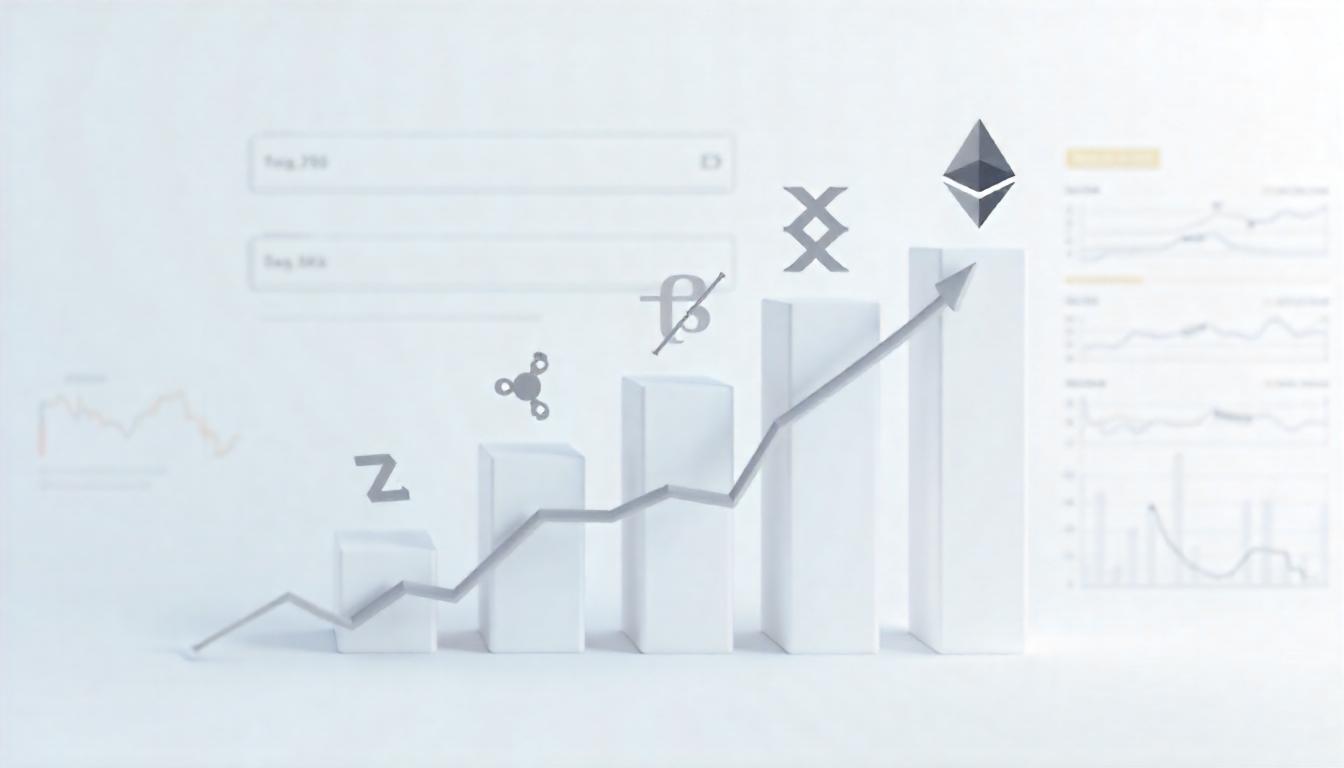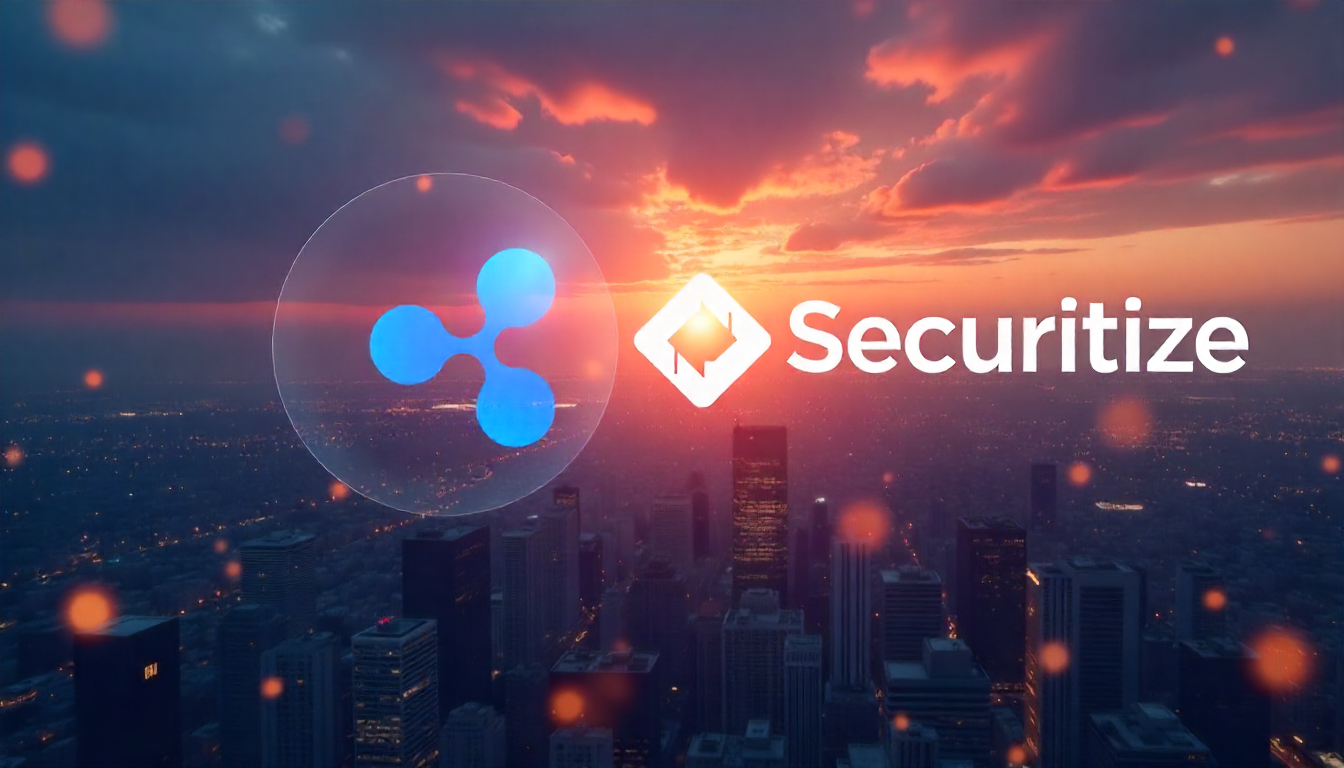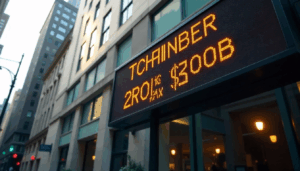“As Traders Anticipate This Week’s U.S. Data, XRP and DOGE Surge, Ether Burn Drops to Historic Low.”
Market sentiment remained cautious on Monday but showed signs of improvement following reports that the U.S. tariffs set for April 2 might be less aggressive than initially feared.
Bitcoin (BTC) briefly surpassed $87,000 in early trading, while Solana (SOL), XRP (XRP), and Dogecoin (DOGE) all recorded gains exceeding 4%, kicking off the week on a positive note. Traders focused on upcoming U.S. economic data releases, looking for signals on market direction.
Bitcoin maintained a steady position around $85,000 over the weekend, constrained by ongoing concerns about inflation and the U.S. economy. Among leading cryptocurrencies, SOL posted the highest gain with a 5% increase in the past 24 hours, whereas Tron’s TRX experienced the largest decline, dropping 4% after retreating from last week’s memecoin-driven rally.
“Investors are treading carefully given the uncertainty around upcoming price movements,” said Nick Ruck, director at LVRG Research, via Telegram. “Key economic indicators such as consumer confidence, personal spending, and the PCE index will provide insights into whether Americans are adjusting to economic shifts or preparing for tighter budgets.”
Consumer confidence serves as a gauge of economic optimism—higher confidence typically leads to increased spending, while lower confidence suggests caution. Personal spending measures household expenditures, a primary driver of economic expansion. The Personal Consumption Expenditures (PCE) index, an important inflation metric, tracks price shifts in goods and services.
These economic reports play a significant role in shaping cryptocurrency market trends. Strong consumer confidence and spending could signal a robust economy, encouraging investors to allocate more funds to riskier assets like crypto. On the other hand, an elevated PCE reading indicating rising inflation might lead investors to seek refuge in crypto as a hedge against a depreciating dollar. However, declining confidence and reduced spending could hint at economic slowdown, prompting market caution and potential price dips.
Despite concerns, some analysts argue that the U.S. economy remains more resilient than many anticipate, presenting opportunities for long-term crypto investors.
“U.S. economic fundamentals remain strong, despite the prevalent pessimism in market sentiment,” said Augustine Fan, head of insights at SignalPlus, in an email to CoinDesk. “Analysts have tended to overestimate economic fragility, whereas the actual data suggests a much more stable outlook.”
Fan also highlighted the crypto market’s relatively quiet week, with prices consolidating near recent lows, mirroring broader equity trends. “Technically, the market remains in a downward trajectory, but key support levels are holding firm. Ethereum (ETH) is trading at the upper range of its 2022 levels, with the next major support near $1,500,” he added.
Ethereum’s outlook coincides with a sharp drop in network activity, leading to one of the lowest daily token burns in recent months.
Token burning permanently removes cryptocurrency from circulation by sending it to an inaccessible address. Ethereum introduced its burn mechanism in August 2021 with the EIP-1559 upgrade, which eliminates all base transaction fees from the supply.
However, Ethereum transaction volumes have declined as users increasingly migrate to more cost-efficient networks like Solana and Tron. Additionally, speculative trading activity has slowed since late January.
On Sunday, only 50 ETH was burned—a record low and a stark contrast to the 71,000 ETH burned on May 1, 2022. Daily burns have steadily decreased since early 2023, typically ranging between 500 ETH and 3,000 ETH.
Share this content:













